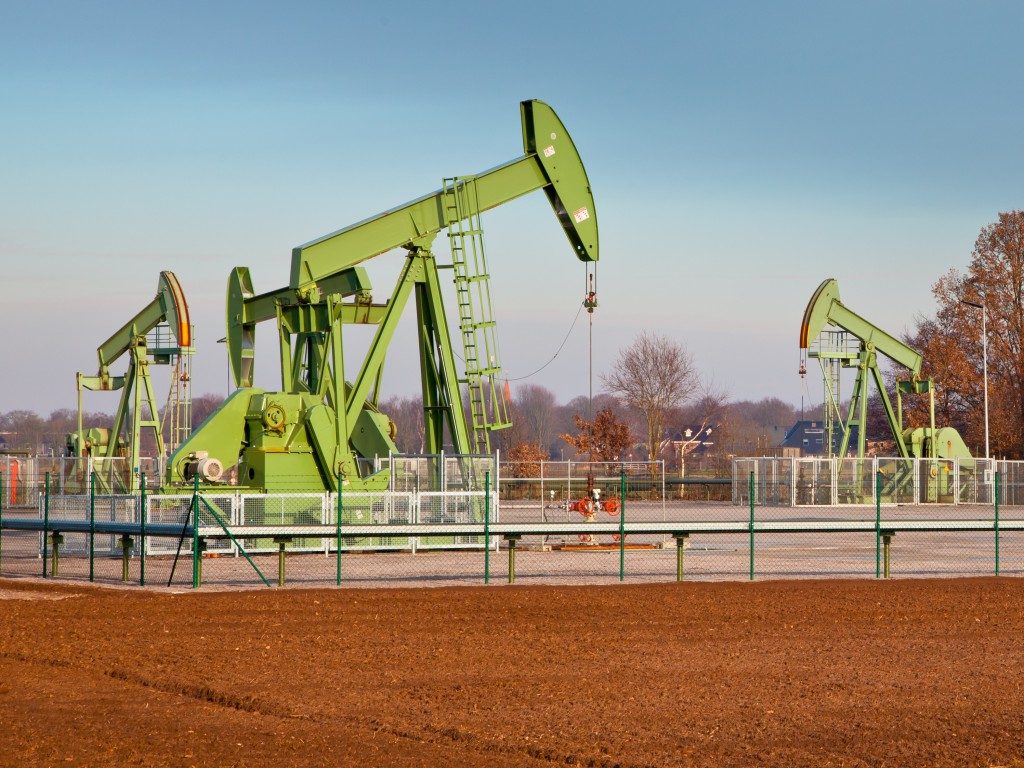Texas, North Dakota, and Alaska—look at the landscape of these states and you’re likely to spot a row of API 650 storage tanks, oil derricks, and other telltale signs of an oil field.
The sight of oil fields will likely become more common in the U.S., as the country may likely overtake Saudi Arabia as the world’s top crude oil exporter in just a few years after it overtook the Gulf country in oil production.
The boon from oil production may soon have great effects on the local economy. Economic-savvy Americans have much to benefit from keeping an eye on the biggest oil-producing states.
Texas
Produced in 2017: 1,282,692 in thousand barrels
Monthly Production in October 2018: 145,041
By far the biggest oil-producing state, Texas shares the Permian Basin with fellow oil state New Mexico. Thanks to new technology, companies were able to harvest millions of barrels from the oil-rich shale of the basin. All this shale-digging was a major contributor to the U.S.’ current exporting power and a factor in the dropping of global oil prices.
North Dakota
Produced in 2017: 392,127 in thousand barrels
Monthly Production in October 2018: 40,913
North Dakota underwent many struggles to get comfortable with its oil boom. Watford City and the rest of the region invested heavily into its production capabilities and the number of people drawn to its crude reserves to become the country’s second oil state.
Alaska

Produced in 2017: 180,467 in thousand barrels
Monthly Production in October 2018: 14,919
One-third of all Alaskan jobs come from the petroleum industry, an industry that has been a long-time contributor to the chilly state’s wealth. Crude oil and its various products have amounted to such that the Alaska Permanent Fund was established in 1976 to give back some of the state’s oil revenue to the people.
California
Produced in 2017: 174,107 in thousand barrels
Monthly Production in October 2018: 13,981
California is known for its many state incentives for buying electric cars. The California Vehicle Rebate Program offers residents up to $7,000 to purchase hybrid electric vehicles, battery electric vehicles, or fuel cell electric vehicles. State laws are also restrictive when it comes to “fracking” or hydraulic fracturing, a method of production prevalent in Texas, North Dakota, and New Mexico. Despite this, the crude production rate of the western state still chugs on.
New Mexico
Produced in 2017: 171,440 in thousand barrels
Monthly Production in October 2018: 24,088
Even as renewable energy continues to be revolutionized in Santa Fe, the state that shares the oil-rich Permian Basin with Texas reached a record high in 2018. The state went from producing 171 million barrels in 2017 to 250 million barrels in 2018, marking a 46 percent growth. New Mexico’s side of the Permian Basin, the Delaware Basin, also continues to grow.
So, what can you do with this information if you’re not the type to start an oil exploration venture? Use it for future investment plans. Compare the worth of stocks between oil companies, buy from those that will give you high returns, or buy into a Master Limited Partnership. Oil exchange traded funds are also valuable for quick trades.
Study the pros and cons of each investment option carefully. Invest smartly and you’ll walk out of this oil boom with more money and a better future.

